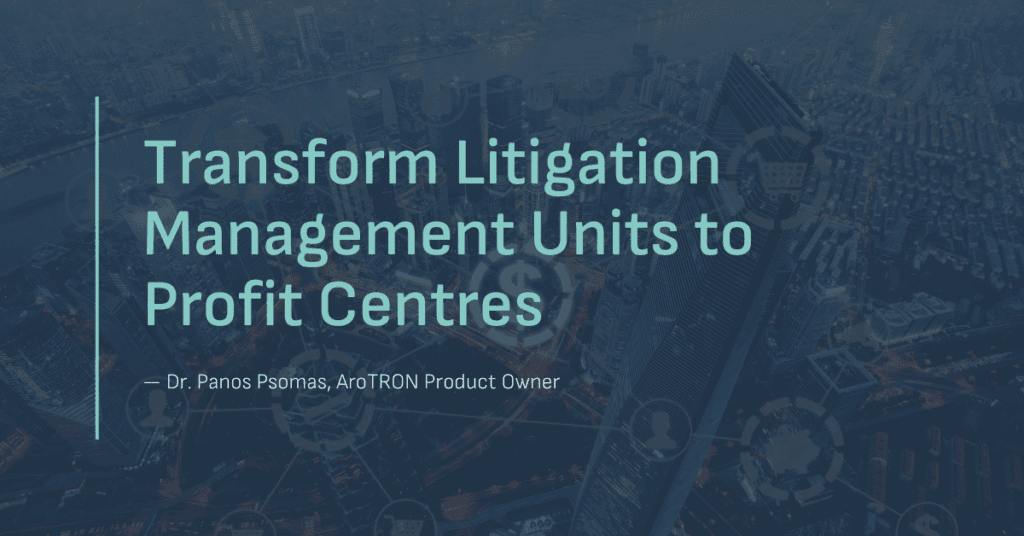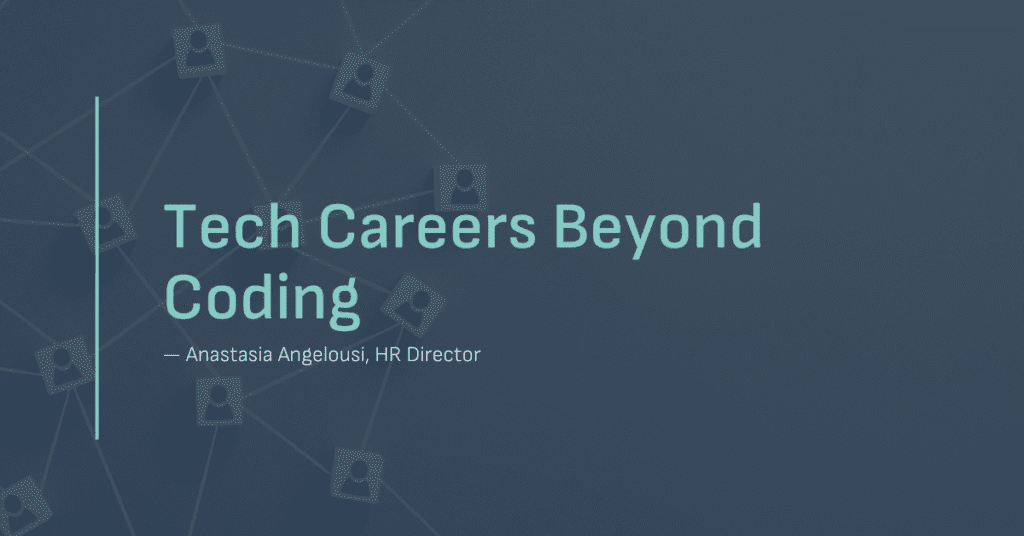
Deep learning is already part of our economy, and the effects are likely to grow. Deep learning is the latest form of machine learning, and it uses multiple layers of neural networks to make decisions more effectively. If you’ve used Google Translate with certain language pairs, you have probably noticed considerable improvements in the quality of translations over the last two years. Most of the improvements in AI that are making self driving cars possible are a result of deep learning. Deep learning has been so effective that whenever you hear about “improved AI” or “machine learning” today, it usually means deep learning. However, these improvements have not come without cost.
Deep Changes
We have become used to machines making financial decisions in our lives, but deep learning has the potential to disrupt the way that we interact with machines in finance. Every time that we use credit cards, machines make simple financial decisions. Machines decide if the credit card is valid and if you have sufficient funds. It doesn’t matter if the decision rules were directly coded by a human being or determined by a neural network using machine learning. The key point is that there was always a simple rational explanation when something unexpected happened. Deep learning is changing that.
Legal Issues
Because of the complexity of deep learning algorithms, there is usually no explanation why a decision is made. This “black box” quality is somewhat disconcerting to say the least. We are used to computers being objective and free from prejudice. However, we cannot be sure that a deep learning program is not implicitly discriminating if we cannot see why they are making decisions. Baker-McKenzie’s 2016 survey of finance and FinTech executives found that 47% lacked confidence in their organization’s understanding of the legal risks of machine learning, while only 36% had confidence. But the truth is that we are used to dealing with uncertainty in other facets of life and have ways of dealing with it.
Statistical Methods
It turns out that statistical inference, which is widely used in economics and finance, is also quite useful for drawing conclusions about deep learning. It is possible to run regressions to determine which factors significantly influence deep learning decisions. Google chief economist Hal Varian predicts that there will be more collaborations between econometricians and computer scientists in the future, so we can expect further progress in this area.
Firms
Another area where deep learning has the potential to disrupt is the structure of markets. According to Baker-McKenzie, 56% believed that AI and machine learning would lead to more small and medium sized firms, while only 24% believed that markets would be dominated by a few large companies able to invest in the new technologies. As a practical matter, Google’s Cloud Machine Learning Engine, Amazon’s Deep Learning AMI, and other cloud services make many of the benefits of deep learning available to everyone. I expect that deep learning will generate additional opportunities for digital partnerships between small, medium, and large sized firms.
Employment
Finally, there is the impact of deep learning on employment. The McKinsey Global Institute estimates that 50% of work activities could be automated using current technology. The improved natural language abilities of deep learning will have the largest consequences in customer service and data handling. Although McKinsey’s analysis shows that 69% of data processing and 64% of data collection can be automated with current technology, the amount of data available continues to increase and deep learning programs are known to require enormous amounts of data. There may well be more rather than less jobs handling data. It should also be pointed out that deep learning is ideally suited to matching employees and employers, and it is thus likely to reduce frictional unemployment in all industries.
The Future
The enormous potential and inherent unpredictability of deep learning make it a technology to watch in the future. The legal, statistical, financial, and economic issues discussed in this article are really just the beginning of a new phase of what economist Joseph Schumpeter called creative destruction. The best is yet to be.


